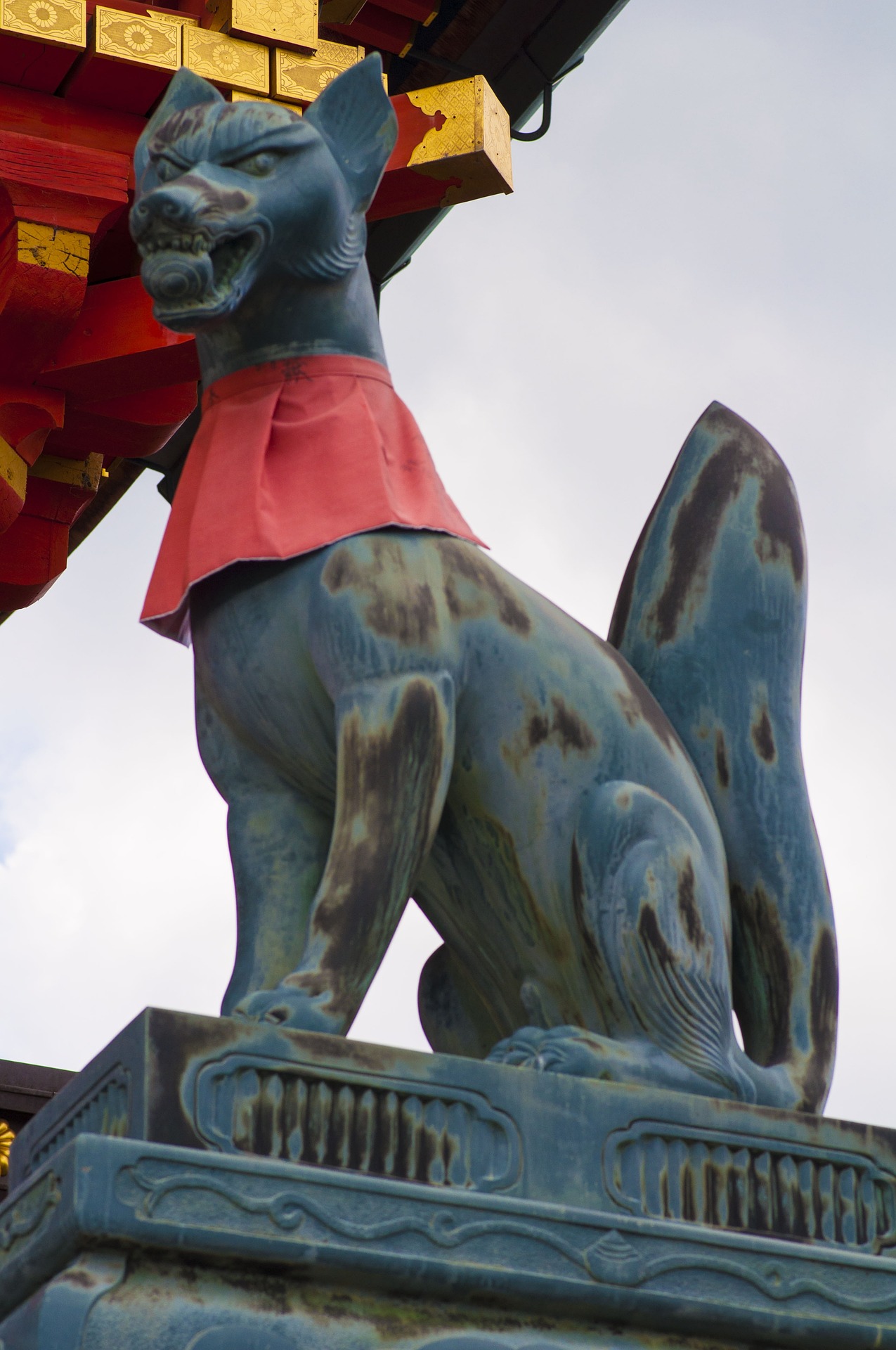Konnichiwa! The Inari God (大稲荷) is one of the most important deities in Japanese mythology, known as the god of agriculture, fertility, and prosperity. Inari God is often depicted as a fox, and the fox is considered his messenger or sacred animal. The god is believed to have been worshiped in Japan for over a thousand years, and his mythology and cultural significance have evolved over time. In this article, we will explore the history, symbolism, and cultural significance of Inari God, as well as the traditions and practices associated with the god.

Planning a trip to Japan?
The History of Inari God
The origins of Inari God can be traced back to the early days of Japan’s history, during the Heian period (794-1185 AD). At this time, the Japanese people were primarily farmers, and agriculture was the backbone of the economy. Inari God was worshiped as the god of agriculture and fertility, and was believed to be responsible for the success or failure of crops. As such, he was one of the most important deities in the Japanese pantheon.
Over time, Inari God’s mythology and cultural significance evolved. In the Kamakura period (1185-1333 AD), he became associated with wealth and prosperity, and was worshiped as the patron of merchants and traders. In the Edo period (1603-1868 AD), he was also associated with industry and craftsmanship, and was worshiped by artisans and craftsmen.
The Symbolism of Inari God
Inari God is often depicted as a fox, and the fox is considered his messenger or sacred animal. The fox is a powerful symbol in Japanese mythology, and is believed to possess supernatural abilities. Inari God’s association with the fox represents his connection to the spirit world and his ability to bring prosperity and good fortune to those who worship him.
The fox is also believed to be a shapeshifter, able to transform into human form or other animals. This ability represents the transformative power of Inari God, who is believed to be able to bring about positive changes in people’s lives.
In addition to the fox, Inari God is also associated with rice, which is a staple crop in Japan. Rice represents fertility, abundance, and prosperity, and is believed to be the source of Inari God’s power. Inari God is often depicted holding a sheaf of rice or sitting on a bed of rice stalks, symbolizing his connection to agriculture and prosperity.

The Cultural Significance of Inari God
Inari God has been an important figure in Japanese culture for over a thousand years. He is worshiped by farmers, merchants, artisans, and others who seek prosperity, good fortune, and success. Inari God is also associated with the Shinto religion, which is the indigenous religion of Japan.

Inari shrines are found throughout Japan, and are among the most popular and widely visited shrines in the country. These shrines are often located in rural areas, and are surrounded by rice fields and other agricultural land. They are also often home to fox statues, which are believed to be the messengers of Inari God.
Traditions and Practices Associated with Inari God
There are a number of traditions and practices associated with Inari God, many of which have been passed down through generations. Some of these include:
Summary
Inari God is one of the most important deities in Japanese mythology, associated with agriculture, fertility, prosperity, and foxes. Inari God has been worshiped in Japan for over a thousand years, and his mythology and cultural significance have evolved over time. Inari shrines are found throughout Japan and are among the most popular and widely visited shrines in the country. Visitors to these shrines can participate in a variety of traditions and practices, including fox weddings, torii gate passages, and offerings of rice and fox statues. Inari God remains an important figure in Japanese culture and a powerful symbol of good fortune and prosperity.
Disclaimer: If you use the link on this page to purchase travel insurance, we will receive a fee from Freely, a brand of Cover-More Insurance Services Pty Limited ABN 95 003 114 145 (AFSL 241713) (Cover- More). We do not act for Cover-More or Freely. The information provided is only on the availability of Freely products. We do not give advice & the information provided is not intended to give an opinion or recommendation regarding the product. For information on how to contact Cover-More or Freely refer to the PDS, FSG & TMD which can be found on the Freely website.



